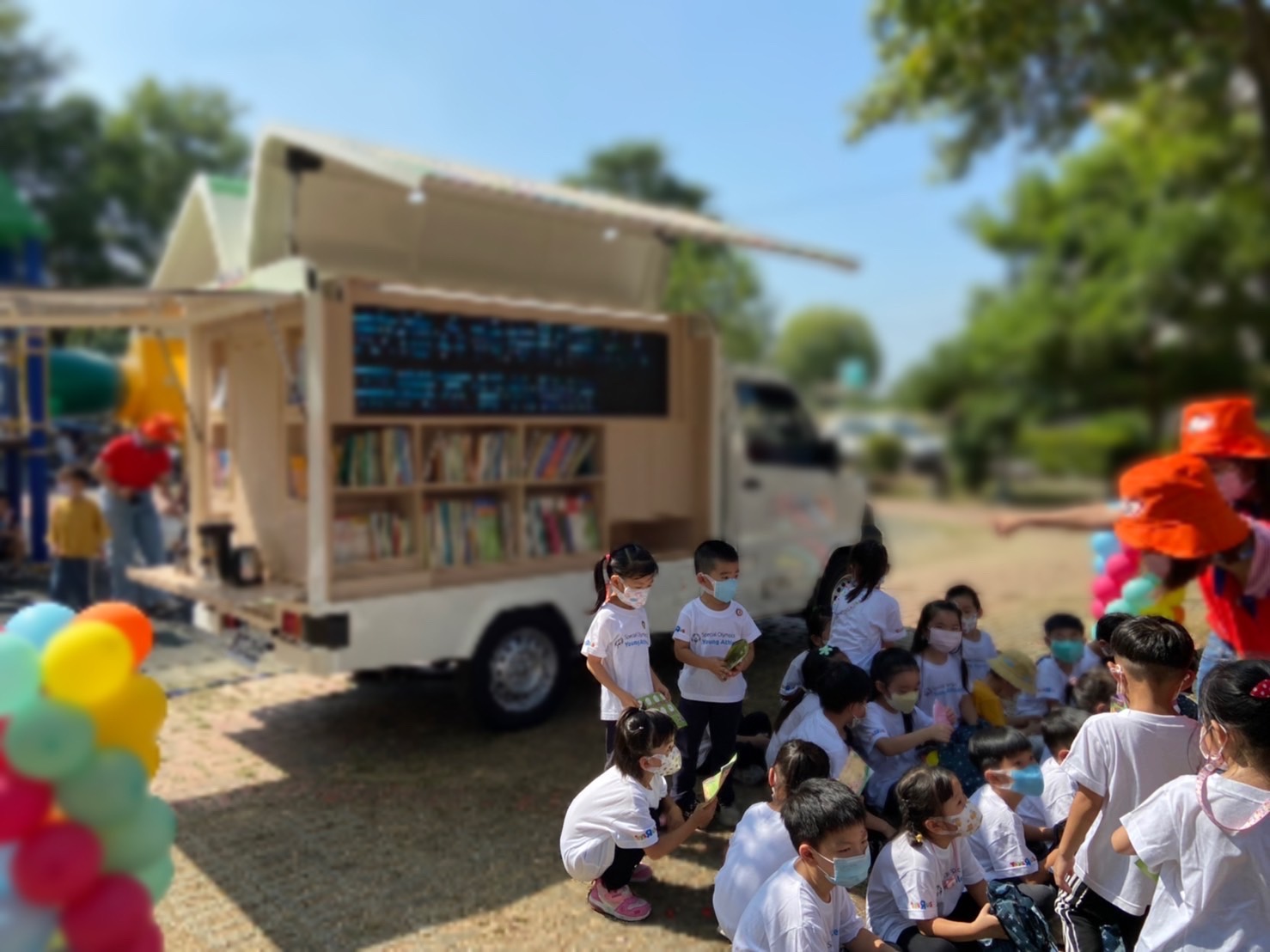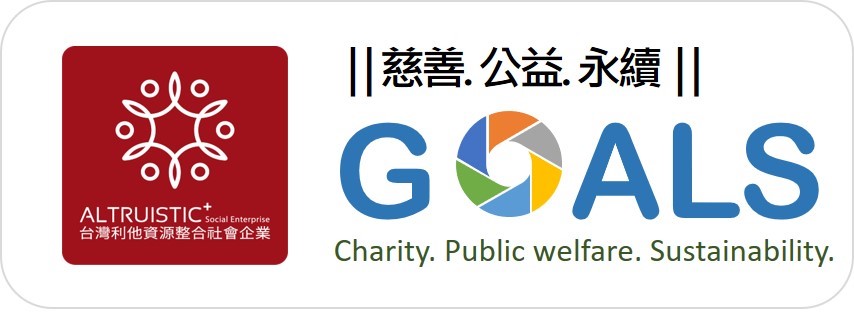
"Inter-Generational Coexistence" - Creating an Inclusive Supportive Network for Early Intervention and Long-Term Care Communities
“Low birth rates" and "aging population" have always been the focal issues of concern for us, and they are also pressing societal challenges that require attention.
As the trend of population aging continues, we aim to create a supportive and inclusive environment based on community, fostering intergenerational coexistence. Connecting and empowering communities to achieve sustainable development and serve vulnerable groups and families is our overarching goal. This is not just an ideal but a pressing issue that must be actively addressed. Despite the challenges of low birth rates facing Taiwan, the development of the population of young children (0-6 years old) in Taiwan is an important issue that cannot be ignored. According to the World Health Organization's statistics, children with developmental delays make up approximately 6% to 8% of the population of children under six years old, but in meetings with various frontline professional groups, especially in rural areas and vulnerable households, the number of marginal cases is very high and services should be extended to even younger ages. Especially in rural areas and among disadvantaged families, early interventions for children, Including outreach, reporting rate enhancement, referrals, screening, real-time assessment, therapy, and parental empowerment for infants and toddlers, can significantly enhance children's future development and contribute to lowering future healthcare costs for the nation.
This project integrates intergenerational relationships with technology-driven interactions, enabling children and the elderly to participate together and enhance social engagement. Through activities such as reading, communal dining, coffee sessions, and cultural leisure, a series of versatile mobile units are designed to create an inclusive environment in remote areas, improving literacy rates and foundational learning skills in children. This initiative connects early intervention and long-term care issues, with the success attributed to the dedication of community caregivers, volunteers, educators, social workers, and healthcare teams, reflecting the power of community collaboration. It is estimated to serve over 4,000 individuals annually.
In the very near future, we will launch our dedicated interdisciplinary social resource integration project aimed at providing early intervention services for children aged below 3 and beyond.
# Charity. Public Welfare. Sustainability
# ALTRUISTIC+ Social Enterprise




